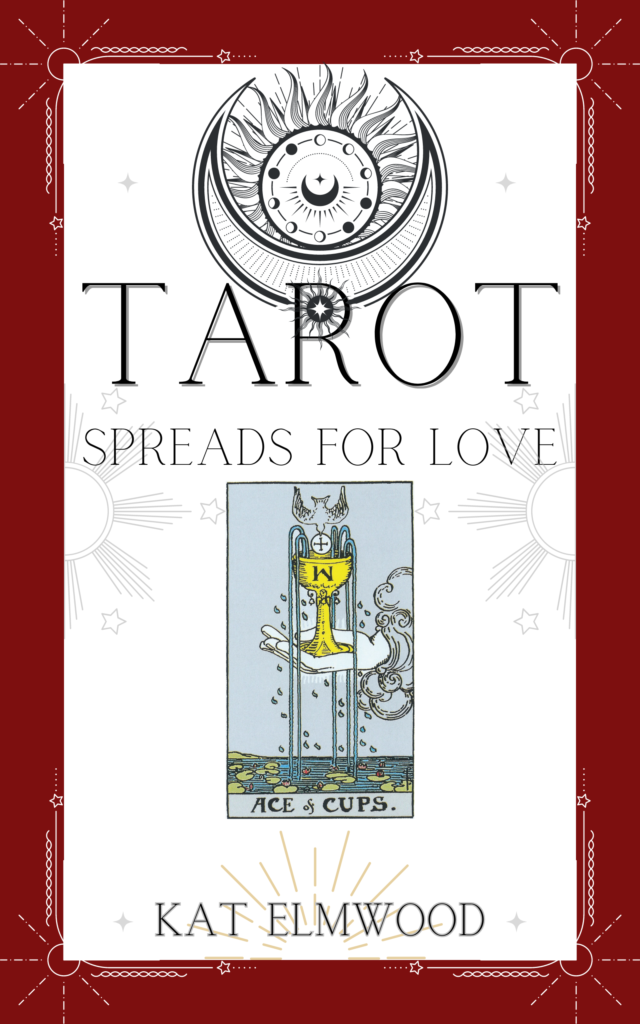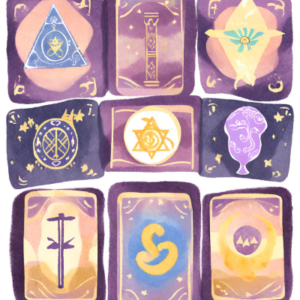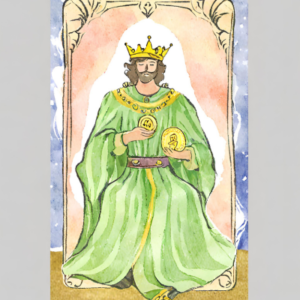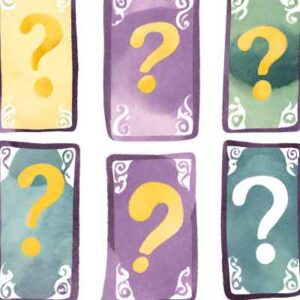How To Read Tarot For Love
The following article, How To Read Tarot For Love, is republished from Tarot Spreads For Love by Kat Elmwood.
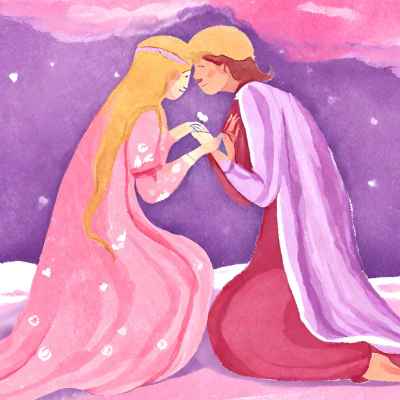
How To Read Tarot For Love
Whether you’re seeking answers and guidance for a romantic love, self-love, a friendship, the love of a family member, or the love of your divine spirit, the process is the same.
Hold your feelings, your questions, your musings in your mind as you shuffle the cards. You might like to choose a deck specifically representative of your feelings or of your relationship, or love in general. See my list of The Best Tarot Decks For Love for a selection of decks well suited to love readings.
You might have a pre-designed spread already in mind, such as those in this book, or you can lay the cards intuitively. As with most things in tarot, whatever feels right for you in the moment is the best way to proceed.
Whether tarot can literally see the future and predict what will happen in your love life is a matter of personal belief. But what tarot can absolutely do is provide insight into what you are thinking or feeling about your past, present, and future relationships, and prompt guidance from your inner knowing of what is best for you at this time.
Should I Read Intuitively or Use Traditional Meanings?
An intuitive reading is a conversation between you and your cards, your heart and mind, with using tarot’s symbolic language that speaks directly to your subconscious. Intuitive reading of tarot for matters of the heart can be more appropriate when tapping into your inner guidance.
However, while intuitive reading is wonderful, often we are so lost in the mire of our feelings, conflicting needs, and paradoxical thoughts–after all, love makes us crazy sometimes–it can be a clarifying comfort to lean on the traditions of the cards and let those established meanings speak to us directly.
You can always combine a mixture of the two approaches into any reading. This is my preferred way of reading tarot on any topic.
Read the cards intuitively first. Note down your primary thoughts, reactions, and or visions. I like to do this in my journal, but you might prefer more spontaneous observations. When I have read the spread intuitively, I then compare and contrast my intuitive reading with the traditional meanings of the cards.
And yes, it’s perfectly okay to consult your tarot books and any tarot resources for meanings of the traditional cards if you haven’t memorized them yet (or never plan to!).
This book does not go into detail on how to actually perform a tarot reading or explain the different components of a deck. If you are new to tarot and need further guidance in understanding how tarot works before exploring these love spreads, please see my introductory books, Tarot For Beginners and Tarot Meanings.
A Note On Gender In Tarot
Within the standard modern decks, mostly inspired by the Rider-Waite-Smith tradition, many cards carry gendered titles such as Emperor, Priestess, Empress, or Hanged Man, as well as Kings and Queens. Additionally, certain cards traditionally depict gendered representations, for example, The Fool and The Chariot often show a male figure, while Strength and The Star frequent a female representation. There are also cards that traditionally depict a male and female pairing, such as The Lovers and The Devil.
Not all decks have these binary gendered characters. Some depict all men, some are entirely women, some have trans and queer figures, some decks are entirely gender neutral. Some do not show people at all.
When reading for matters of love, it might be tempting to see your paramour in these figured cards as the person themselves. For example, if you are a heterosexual cis woman, you might see any man depicted on a card as your love interest. There’s nothing wrong with this interpretation if that’s what feels best to you.
However, gender in the cards does not actually refer to physical distinctions between scientifically classified male and scientifically classified female. The energies represented in these cards more closely refer to the broader physical and spiritual energy spectrum commonly termed as masculine and feminine. In Jungian psychology, this is the archetype of the animus and anima.
The masculine energy, animus, aligns with the physical and earthly outer energies. The feminine energies, anima, are associated with the emotional, psychological, and spiritual realms of internal energies. It’s crucial to note that these energies can simultaneously coexist within the same card, as well as in the same person. For instance, The Hermit card typically portrays a masculine figure, yet its essence delves into a feminine energy, symbolizing a retreat for emotional, psychological pondering, healing, and replenishment.
Throughout this book, and all books in my tarot series, I use traditionally gendered pronouns based on the representations in the decks I am using for demonstration. For instance, when discussing RWS Hermit, I will use “he.” However, please understand that this discussion revolves around energy and personality, operating within a cyclical spectrum. “He” is referring to the animus; “she” the anima. If I use a gendered pronoun and it does not align with your identity or beliefs, please recognize it as a shorthand for energy not reference to scientifically classified sex at birth or binary gender identifications. Please apply your preferred pronouns and labels as you like and carry them into your readings.
Tarot Spreads For Love
Available Now From Amazon in Ebook and Paperback

